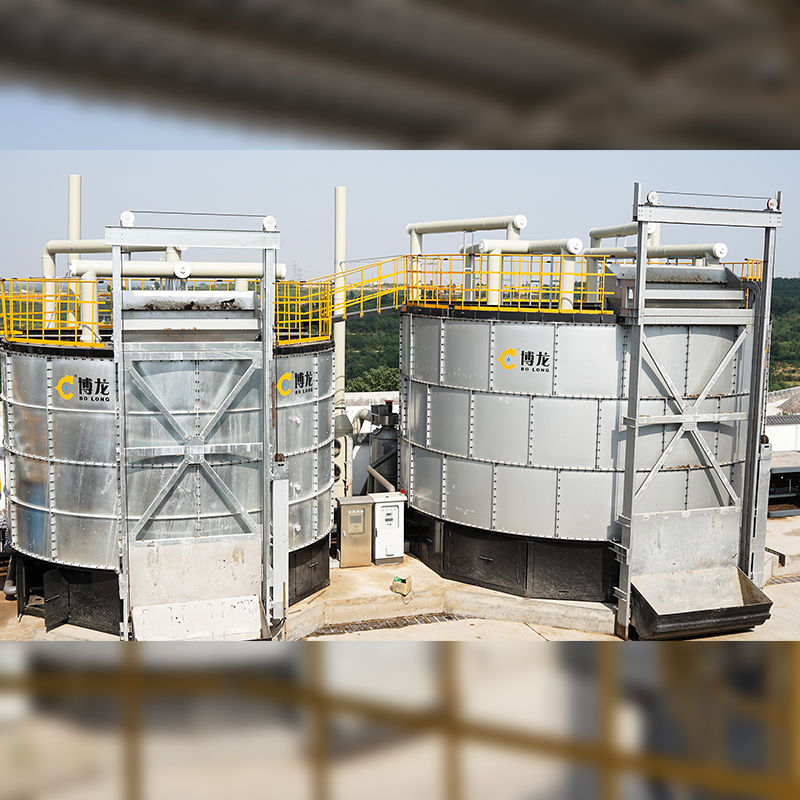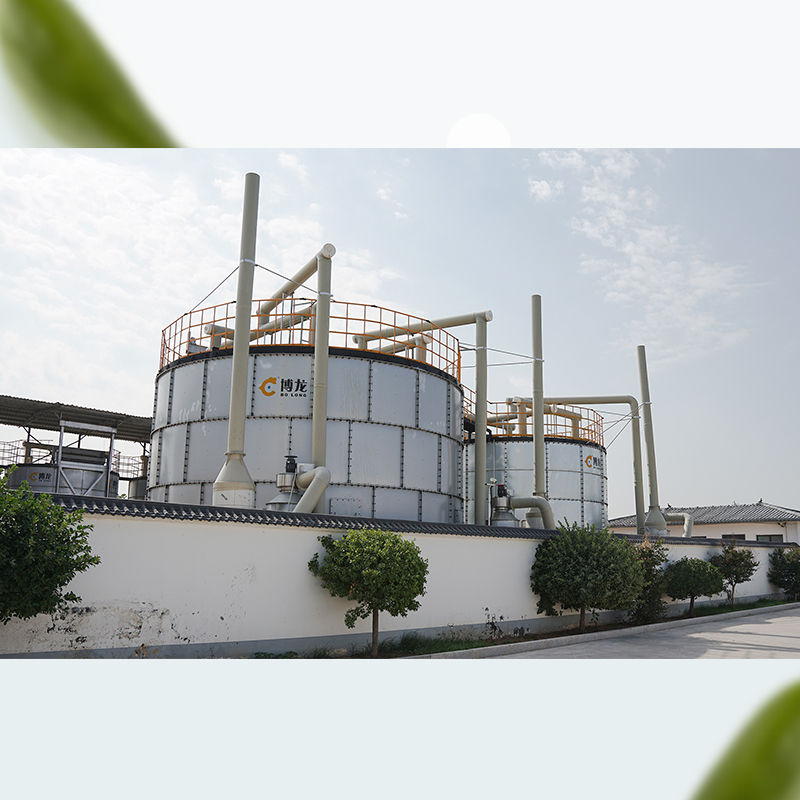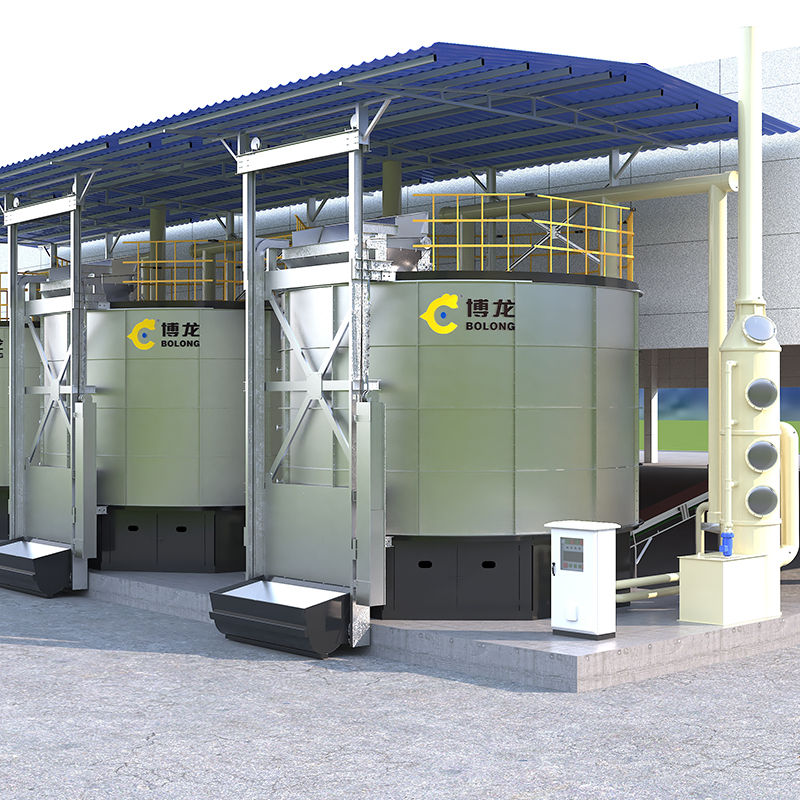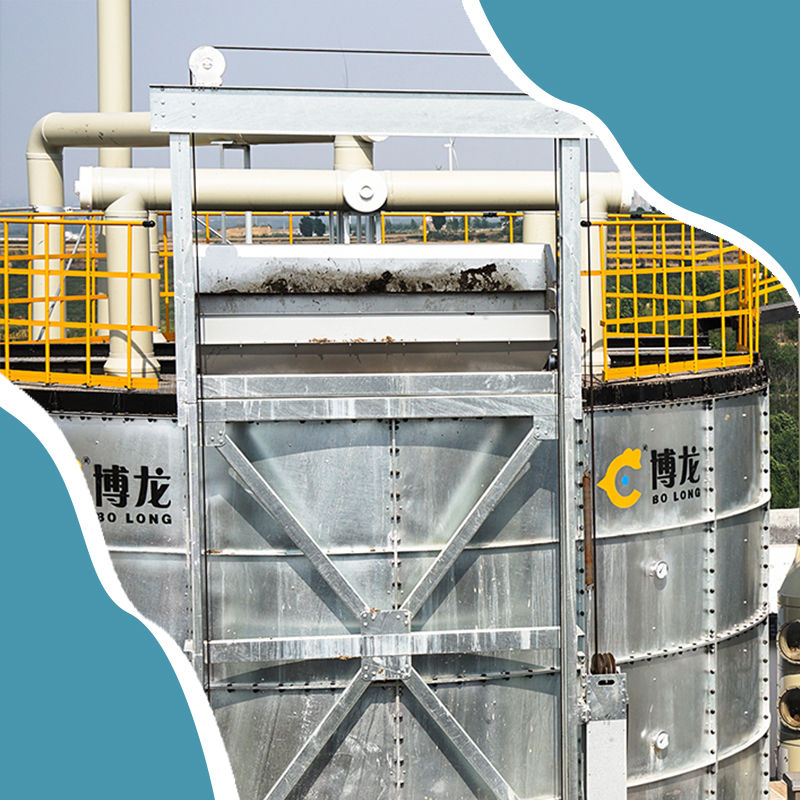Agricultural feedstocks do not have to be certified organic. Compost must be managed to achieve temperatures of 131–170°F for a minimum of three days. Materials can be managed in windrows, static aerated piles or any other management system that achieves the minimum time and temperature requirements. Compost made from allowed feedstocks is








